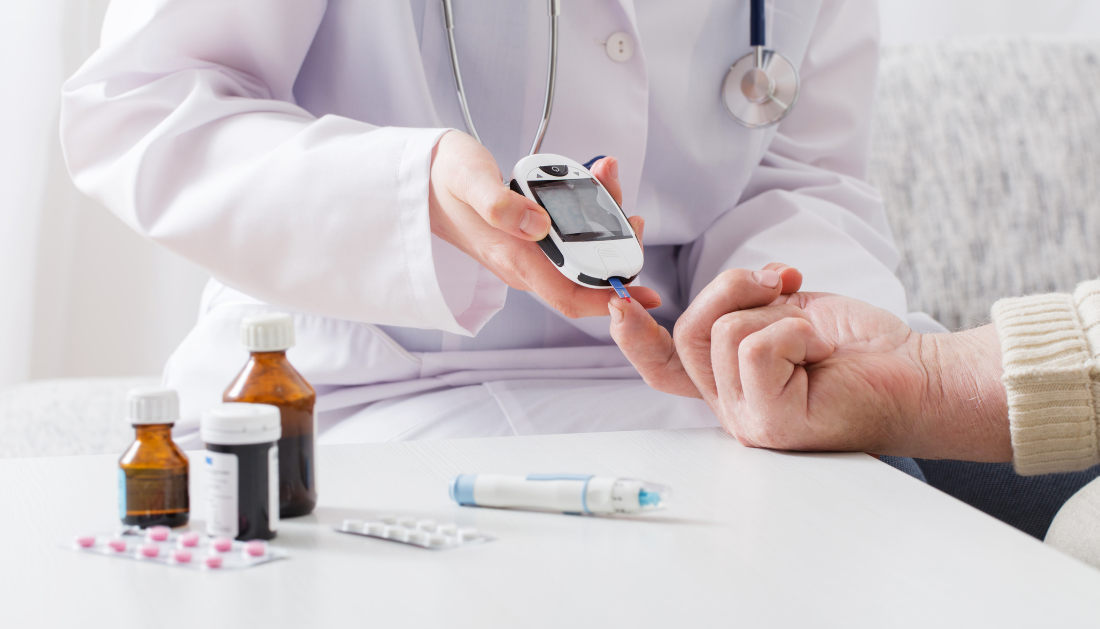

The use of sodium-glucose contratransporter 2 (SGLT2) inhibitors was found to be connected with a reduced risk of developing kidney stones, according to the findings of researchers at Mass General Brigham. Their results were later reported in the journal JAMA Internal Medicine.
The investigation was carried out by researchers from Massachusetts General Hospital and Brigham and Women’s Hospital working together to undertake the investigation. The research incorporated information obtained from three national databases pertaining to individuals diagnosed with type 2 diabetes who were seen in the course of their regular clinical practice. In their study, the researchers looked at information from 716,406 people who had type 2 diabetes and had started taking either an SGLT2 inhibitor or one of two additional types of diabetes medications known as GLP1 receptor agonists or dipeptidyl peptidase 4 (DPP4) inhibitors.
In comparison to patients who were using GLP1 agonists, those who started taking SGLT2 inhibitors had a thirty percent lower risk of developing kidney stones, and those who started taking DPP4 inhibitors had a twenty-five percent lower risk altogether. The findings were constant regardless of factors such as gender, race or ethnicity, a previous history of chronic renal illness, or obesity.
“Our findings could help inform clinical decision making for patients with diabetes who are at risk of developing kidney stones,” said corresponding author Julie Paik, MD, ScD, MPH, of Brigham and Women’s Hospital’s Divisions of Pharmacoepidemiology and Pharmacoeconomics and Renal (Kidney) Medicine.
For more information: Sodium-Glucose Cotransporter 2 Inhibitors and Nephrolithiasis Risk in Patients With Type 2 Diabetes, JAMA Internal Medicine (2024). DOI: 10.1001/jamainternmed.2023.7660
more recommended stories
 Brain’s Biological Age Emerges as Key Health Risk Indicator
Brain’s Biological Age Emerges as Key Health Risk IndicatorClinical Significance of Brain Age in.
 Children’s Health in the United States is Declining!
Children’s Health in the United States is Declining!Summary: A comprehensive analysis of U.S..
 Autoimmune Disorders: ADA2 as a Therapeutic Target
Autoimmune Disorders: ADA2 as a Therapeutic TargetAdenosine deaminase 2 (ADA2) has emerged.
 Is Prediabetes Reversible through Exercise?
Is Prediabetes Reversible through Exercise?150 Minutes of Weekly Exercise May.
 New Blood Cancer Model Unveils Drug Resistance
New Blood Cancer Model Unveils Drug ResistanceNew Lab Model Reveals Gene Mutation.
 Healthy Habits Slash Diverticulitis Risk in Half: Clinical Insights
Healthy Habits Slash Diverticulitis Risk in Half: Clinical InsightsHealthy Habits Slash Diverticulitis Risk in.
 Caffeine and SIDS: A New Prevention Theory
Caffeine and SIDS: A New Prevention TheoryFor the first time in decades,.
 Microbial Metabolites Reveal Health Insights
Microbial Metabolites Reveal Health InsightsThe human body is not just.
 Reelin and Cocaine Addiction: A Breakthrough Study
Reelin and Cocaine Addiction: A Breakthrough StudyA groundbreaking study from the University.
 Preeclampsia and Stroke Risk: Long-Term Effects
Preeclampsia and Stroke Risk: Long-Term EffectsPreeclampsia (PE) – a hypertensive disorder.

Leave a Comment